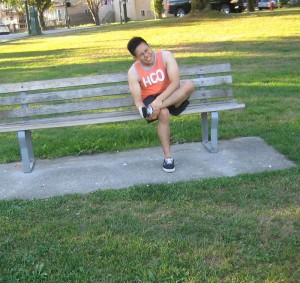Cavus foot is a condition where the foot has an elevated arch. Due to this high arch, excessive weight is placed on the ball and heel of the foot while standing or walking. This can lead to a variety of indications such as instability and pain. It can develop at any age and even affect one or both feet.
What are the causes?
Cavus foot is often brought about by a neurologic disease or medical condition such as cerebral palsy, spina bifida, Charcot-Marie-Tooth disease, stroke or muscular dystrophy. In some cases, the high arch might be an indication of an inherited structural anomaly.

An accurate diagnosis is vital since the underlying cause of cavus foot mainly determines its future course. In case the high arch is due to a neurologic ailment or medical condition, it is likely to progressively worsen.
Indications
The arch of cavus foot might appear high even while standing. Additionally, one or several of the following symptoms might be present:
- Calluses on the ball, side or heel of the foot
- Hammertoes or claw toes
- Pain while walking or standing
- Unstable foot due to tilting of the heel inwards which can lead to an ankle sprain
In some individuals with cavus foot, they might experience foot drop which is weakness of the foot and ankle muscles where the individual drags the foot while taking a step.
Management of cavus foot
The conservative treatment for cavus foot might include one or several of the following:
- Shoe modifications – high-topped shoes that support the ankle and those with heels that are slightly wider on the base for stability
- Orthotic devices – customized orthotic devices are fitted into the shoe for stability and cushioning to the foot
- Bracing – a brace might be recommended to keep the foot and ankle stable. This is also beneficial in managing foot drop.
Is surgery required?
In case the conservative measures could not effectively relieve the pain and improve stability, surgery might be required to reduce the pain, improve stability and compensate for weakening in the foot.
The surgeon will select the ideal procedure or combination of procedures based on the case of the individual.
